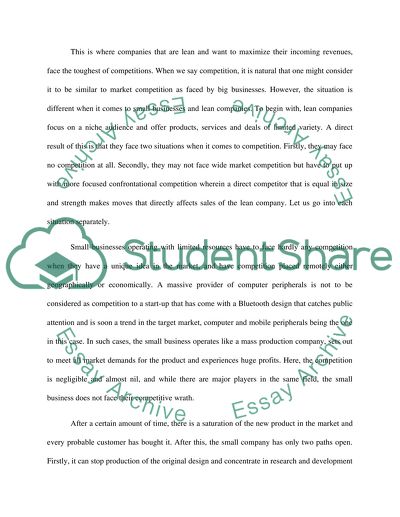Cite this document
(“Final paper Assignment Example | Topics and Well Written Essays - 2500 words”, n.d.)
Final paper Assignment Example | Topics and Well Written Essays - 2500 words. Retrieved from https://studentshare.org/english/1665037-final-paper
Final paper Assignment Example | Topics and Well Written Essays - 2500 words. Retrieved from https://studentshare.org/english/1665037-final-paper
(Final Paper Assignment Example | Topics and Well Written Essays - 2500 Words)
Final Paper Assignment Example | Topics and Well Written Essays - 2500 Words. https://studentshare.org/english/1665037-final-paper.
Final Paper Assignment Example | Topics and Well Written Essays - 2500 Words. https://studentshare.org/english/1665037-final-paper.
“Final Paper Assignment Example | Topics and Well Written Essays - 2500 Words”, n.d. https://studentshare.org/english/1665037-final-paper.


